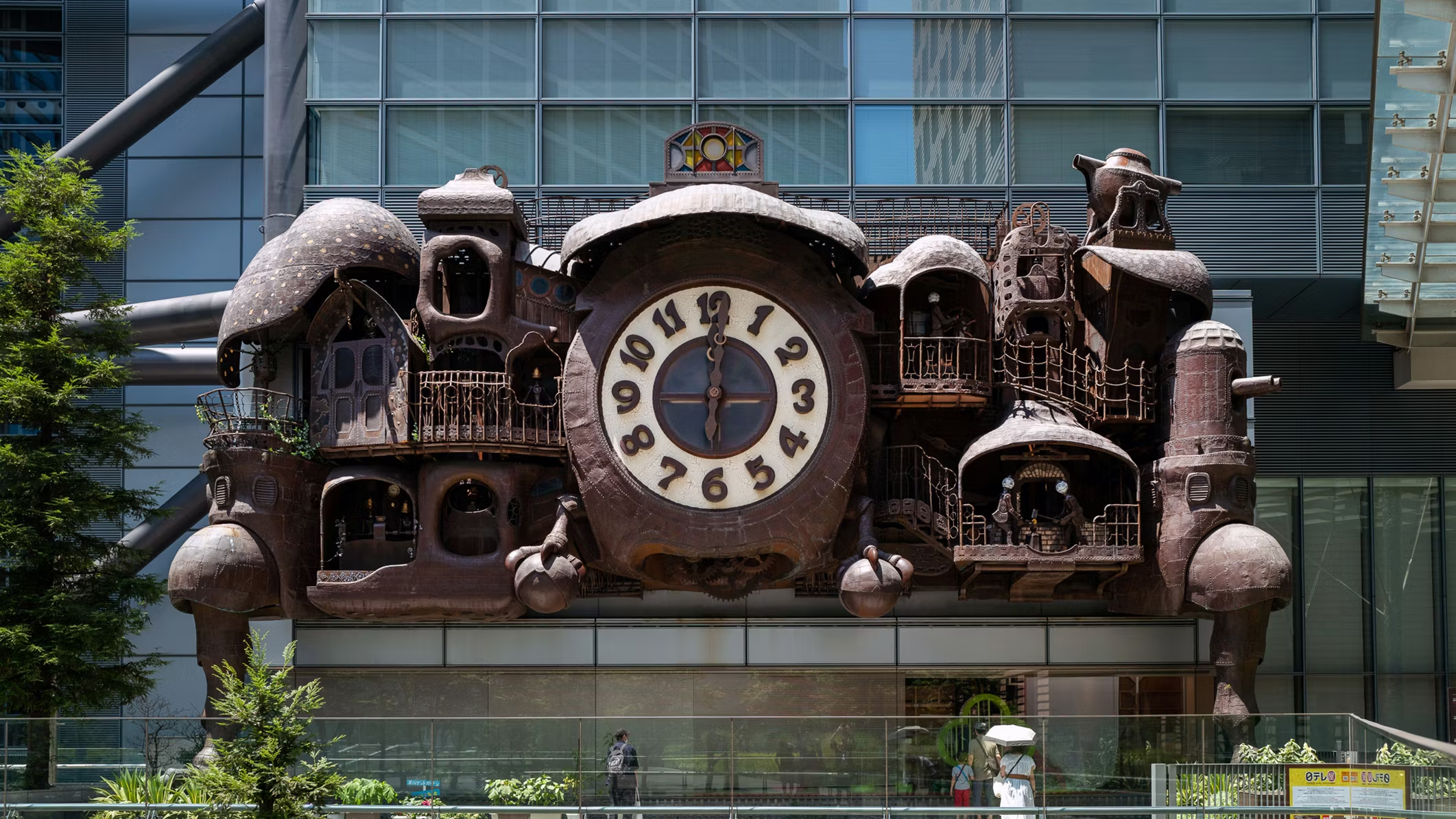Antique Japanese clocks are coveted by collectors for their craftsmanship, historical significance, and unique designs. This guide provides essential information for anyone interested in collecting these exquisite timepieces, covering their history, types, and tips for acquisition and care.
Historical Overview
Antique Japanese clocks trace their origins to the Edo period (1603-1868). During this time, Japanese artisans began incorporating timekeeping devices into their craft, influenced by Chinese and Western designs. The development of Japanese clocks includes both mechanical innovations and artistic contributions.
Types of Antique Japanese Clocks
Wadokei
Description: The “wadokei” is one of the most renowned types of antique Japanese clocks. Originating in the Edo period, these clocks feature intricate mechanical systems and elaborate designs. They often combine elements from both Chinese and Western timekeeping traditions.
Features: Wadokei clocks are known for their ornate decorations and complex gear systems. They typically include features such as pendulums or verge escapements, showcasing advanced mechanical engineering for their time.
Kakei
Description: The “kakei” is a wall-mounted clock known for its elegant design. These clocks often feature pendulums and are adorned with intricate carvings and detailed dials.
Features: Kakei clocks are characterized by their craftsmanship and decorative elements. They often include traditional motifs and high-quality materials such as lacquer and brass.
Tokei
Description: The “tokei” is a general term for Japanese clocks and includes various styles and mechanisms. Antique tokei clocks may feature different designs, from elaborate pendulum clocks to simpler timepieces.
Features: Tokei clocks vary in design but are united by their historical significance and craftsmanship. They may include elements such as intricate carvings, decorative dials, and mechanical movements.

Key Considerations for Collectors
Authenticity
Verification: Authenticity is crucial when collecting antique Japanese clocks. Ensure that the clock is genuine by verifying its provenance and consulting experts if necessary. Look for maker’s marks, serial numbers, and other identifying features.
Documentation: Obtain any available documentation, such as original receipts, maintenance records, or historical references. This information adds value and credibility to the clock.
Condition
Assessment: Evaluate the clock’s condition carefully. Check for any signs of damage, such as cracks, missing parts, or worn components. A clock in good condition is more valuable and desirable to collectors.
Restoration: If restoration is needed, seek a professional with expertise in antique clocks. Proper restoration can enhance the clock’s value, but it should be done with care to maintain its historical integrity.
Provenance
Historical Context: Understanding the clock’s history and provenance adds value and interest. Research the clock’s origin, maker, and historical significance to gain a deeper appreciation of its background.
Ownership History: Knowing the previous owners and their significance can also enhance the clock’s value. Provenance contributes to the clock’s story and overall appeal.
Where to Find Antique Japanese Clocks
Auctions
Specialized Auctions: Attend auctions specializing in antique clocks or Japanese antiques. These events often feature a selection of rare and valuable timepieces.
Online Auctions: Online platforms also offer opportunities to find antique Japanese clocks. Ensure that you are purchasing from reputable sellers and verify the authenticity of the clock.
Antique Shops and Dealers
Specialty Shops: Visit antique shops and dealers that specialize in Japanese or clock antiques. These sources often have a curated selection and knowledgeable staff.
Networking: Connect with other collectors and experts in the field. Networking can provide valuable leads and insights into where to find specific timepieces.
Care and Maintenance
Cleaning: Regularly clean the clock to remove dust and dirt. Use a soft, dry cloth and avoid abrasive materials.
Winding and Lubrication: For mechanical clocks, follow proper winding and lubrication procedures. This ensures smooth operation and longevity.
Professional Servicing: Have the clock professionally serviced as needed. Expert maintenance helps preserve the clock’s functionality and value.
Conclusion
In conclusion, Antique Japanese clocks offer a glimpse into the rich history and craftsmanship of Japanese timekeeping. By understanding their types, key considerations, and care requirements, collectors can appreciate and preserve these exquisite timepieces. Whether you’re a seasoned collector or a new enthusiast, antique Japanese clocks represent a unique and cherished addition to any collection.




